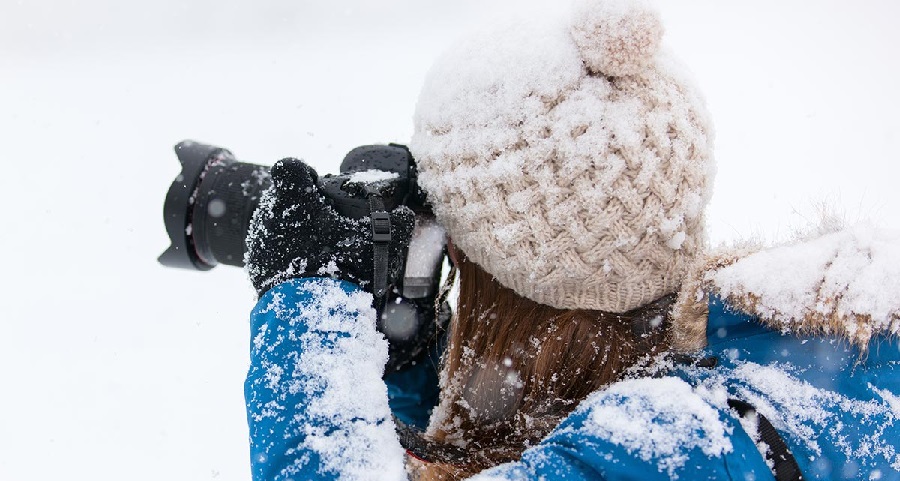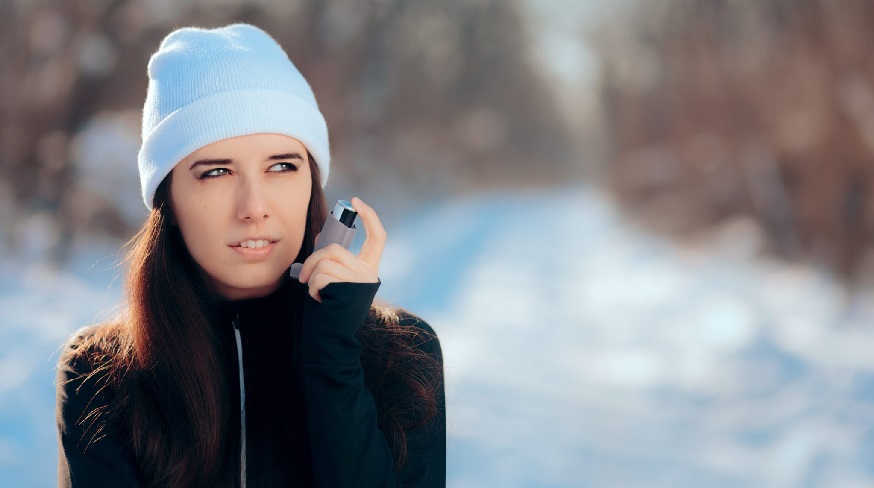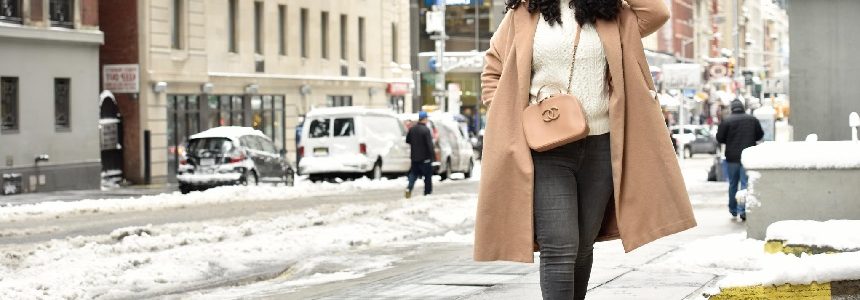There is very little left until the end of autumn, it’s time to prepare for winter photography. A few simple tips from the National Geographic photographers, is to help you avoid difficult situations when take pictures in the winter outside a cozy home.
Keep an eye on the batteries
If you are going to take pictures in winter, the first thing to remember is batteries. Frost can drain the energy from your camera’s battery in minutes. Therefore, it is important to have fully charged batteries. And even better is a few spare ones that should be kept warm, for example in the inside pocket of a jacket.
In addition, if the time from one frame to another takes a certain amount of time, it makes sense to remove the battery from the camera and put it in the heat, inserting it back just before shooting.

Be careful when replacing optics
It’s best to shoot with a single lens, pre-installed at home. If during the winter photo shoot there was a need to replace the lens, be careful. Especially, if it snows outside remember cold weather photography rules. Avoid situations where moisture and condensation can get inside the camera. This can be fatal for your camera.
Beware of condensation
Condensate is one of the most treacherous winter enemies for the photographer.
Be careful when you bring the camera from frost into a warm room or car. Usually, in a warm room, a fairly high humidity.
If you get out quickly, you get the “frozen” camera in the room, moisture from the air will actively begin to condense on it. Which can also lead to damage, especially if you decide to turn it on.
In severe frost, the camera is difficult to operate. Problems with the display begin, the lubrication of parts inside the camera thickens.
To reduce the effect of frost on the camera, put it in a bag. However, at the same time, it is very important not to allow large temperature jumps, since this again will lead to the appearance of condensate.

Protect the lens
Do not forget to put a lens cap on, use a hood or other means to protect the front glass of the lens from rain. In addition, always have a good optics cleaning kit with you. Who knows when you might need to clean the glass from droplets or condensed moisture?
Buy good gloves
Take care of your hands when photograph in winter. Firstly, it’s very a shame to let go of the expensive camera from the numb fingers from the cold.
Secondly, do not forget about convenience. Thick knitted mittens may protect your hands well from frost, but working with the camera will turn into hell. Buy gloves that do not interfere with your fingers. Perhaps it will be thin, but warm gloves with the use of modern insulation.



